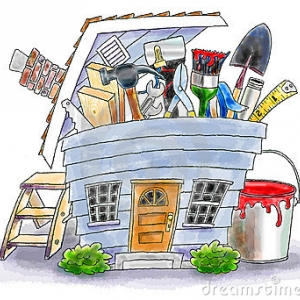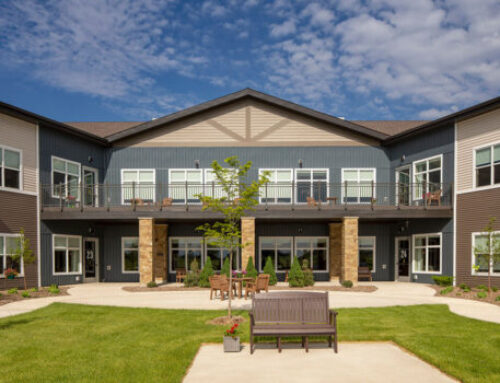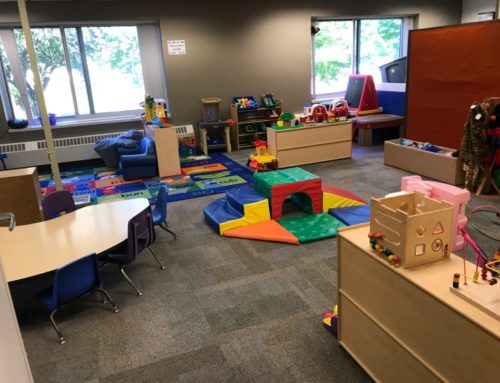Lakeview’s maintenance department has an enormous amount of responsibilities, primarily based on the size and breadth of our facility. In order to optimize the discovery and resolution of any maintenance issue, the maintenance department has developed an efficient and time tested protocol.
Whenever a maintenance problem is encountered, the maintenance department is alerted to the situation in a few different ways. If the situation is deemed to be critical, the maintenance director (Mike Schoen) should be contacted directly by work cell phone. If he is off-campus for any length of time, a notification will be sent out identifying who to contact in his place. We do this because it works best if we follow a system based on chain of command. On a daily basis, the maintenance staff is normally following individualized schedules that are subject to location, importance, staff member’s expertise, estimated time of repair and external schedules that rely on the repair. Therefore, the director (or current person in charge) is best suited to evaluate where a new repair is to be placed into this grand schedule.
For less time sensitive repairs, a yellow maintenance request form can be filled out and placed in a designated pickup location (behind both nurse’s stations or Mike’s mailbox in the office workroom) or hand delivered to a member of the maintenance staff. It will then be evaluated and placed into the overall repair schedule. Clear communication is important in allowing Maintenance to properly evaluate all characteristics of the repair so it can be completed quickly, efficiently, and correctly. The maintenance request form asks for location, date, name of person making the request, and a brief description of the maintenance issue. It saves time overall if the person filling out the form takes sufficient time to fill out the form clearly. Generally, the majority of confusion in reading a maintenance request form stems from the description section because this is where the majority of the diagnosis information is gotten from before we get to the repair site. It is very helpful if specific information is included in the description of the problem. Terms like “not working” or “broken” are not specific or clear enough. For example, if a description says that a toilet is “broken”, maintenance does not know if this means that the toilet itself or its function is broken. Broken seat, broken pipe, not flushing, not flushing enough, being plugged all fall under the category of “broken”. It’s much like leaving a note for your car mechanic that says your car is not “running right” without adding necessary information like “because the car drifts to the right only on the freeway”, “when I turn the key, absolutely nothing happens”, or “the A/C is not blowing cold”. It is very difficult to fix anything if you don’t know clearly what’s wrong with it.
Also, the name of the person filling out the maintenance request is important because they are usually the person that has the most information about the repair issue. If the maintenance department needs details about the issue to help diagnose and resolve the repair, but doesn’t know who to ask about it, this will certainly delay the repair. Thus, it is crucial to not only have the person’s name, but also for it to be legible so the person can be identified.
Understanding the best way to have repairs completed will allow everyone to get their own job done in a timely manner.
~Kermit Brown, Maintenance Assistant









